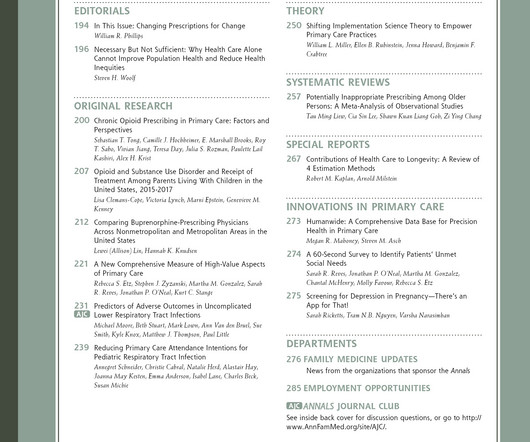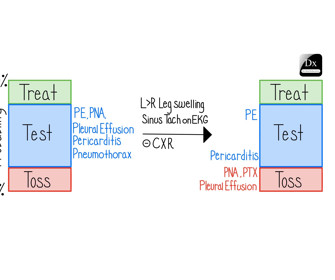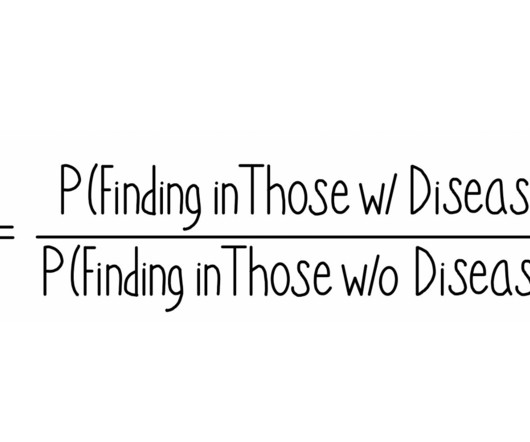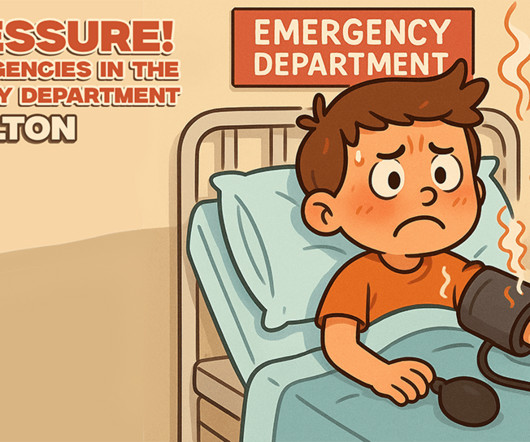The T-Connector Approach: a simultaneous method for in-office assessment of home blood pressure monitor accuracy [Hypertension]
Annals of Family Medicine
NOVEMBER 20, 2024
Context Hypertension Canada recommends home blood pressure monitors (HBPM) for diagnosing and managing hypertension. Objective To introduce the novel approach of using a T-Connector between a patient’s HBPM and their physician’s office sphygmomanometer to permit a simultaneous blood pressure reading.












Let's personalize your content